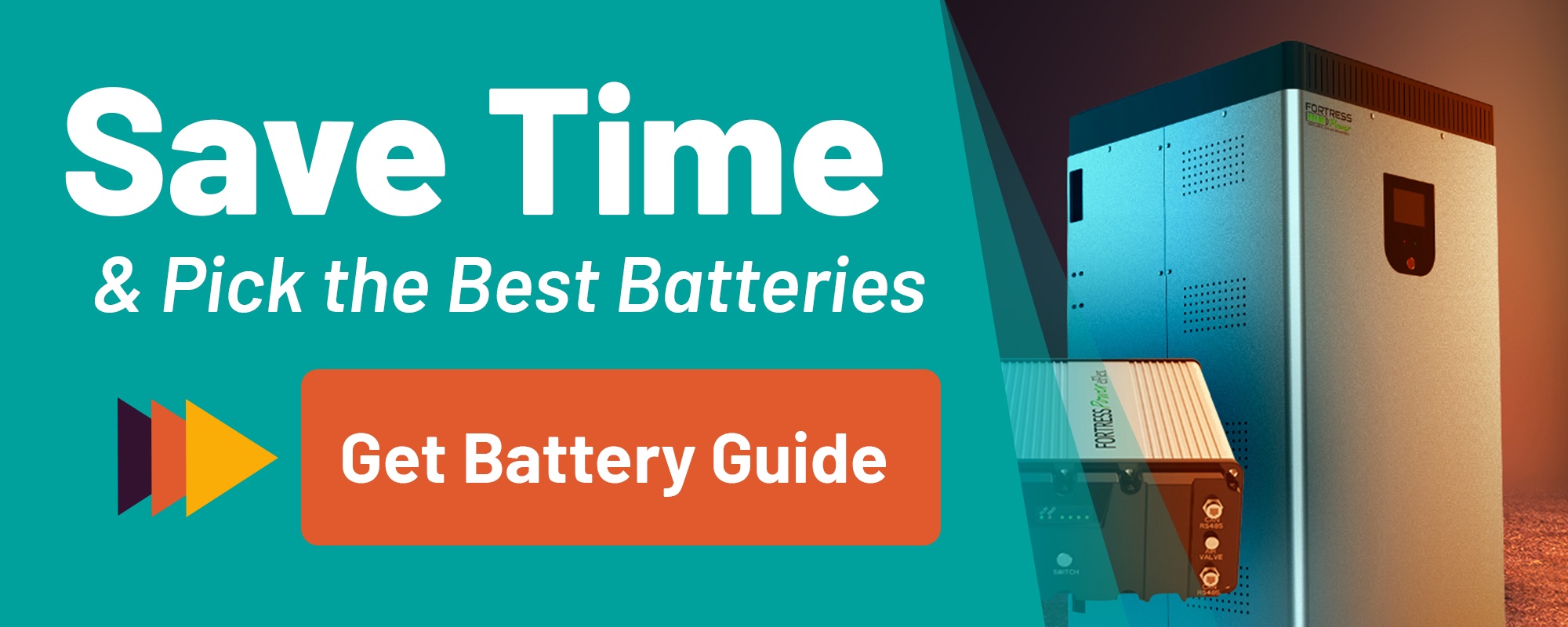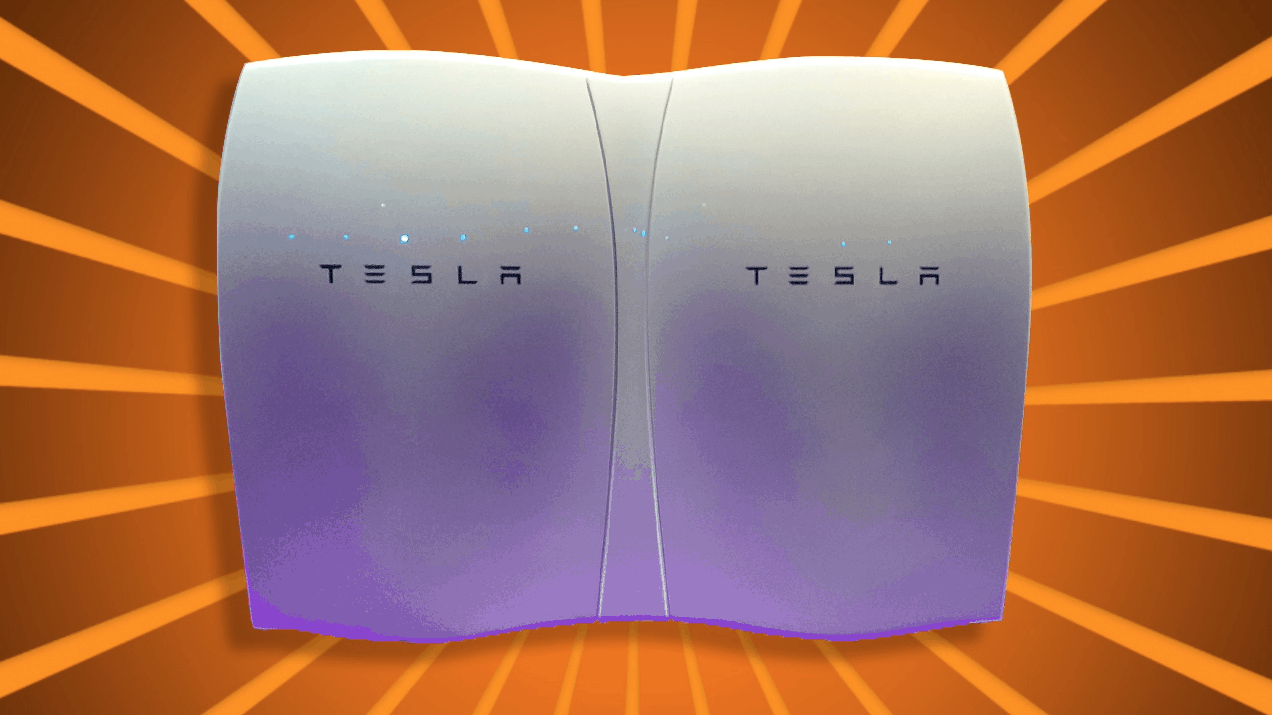How to Equip a Grid-tied Solar System With Battery Backup
- AC Coupling: Splice your AC wiring to add a storage-ready inverter and batteries
- DC Coupling: Splice your DC wiring to add a storage-ready inverter and batteries
- Inverter Replacement: Replace existing inverter with a storage-ready inverter
We’ve noticed a surge of calls lately from people looking to add battery backup to their existing grid-tie solar system.
Many of these calls come from our home state of California, where PG&E has announced rolling blackouts to limit the impact of wildfires. With the prospect of scheduled blackouts looming, solar owners have been pushing to add battery backup to their systems to keep the lights on during grid outages.
Unfortunately, this process isn’t as easy as simply hooking up a new battery bank. Grid-tie inverters are designed to convert DC (direct current) from solar panels, but they are not designed to integrate with a battery bank. You’ll typically need to add new components to make your inverter work with your batteries.
It’s also not cheap. Batteries are the most expensive part of a solar system. Between an appropriately-sized battery bank and a battery-based inverter like the Outback Radian, you’re looking at something like 10 grand minimum to add batteries to an average-sized grid-tied system. (We wanted to make this really clear upfront, since people who call us often get sticker shock when we tell them the backup power package can cost more than the system itself!)
If you are concerned about recent blackouts and want the most cost-effective solution, your best bet may be a gas generator. It’s going to cost less upfront, and it may be easier to pair it with your existing system because there are less restrictions on system sizing. A gas generator is usually large enough to back up most or all of your household, where an inverter and battery bank is usually sized to power only the essential appliances, because large battery systems can get expensive quickly.
Gas generators have their own downsides: they are noisy, less environmentally friendly, require maintenance and a fuel source. But there is no question they are the most cost-effective option upfront.
Batteries have higher upfront cost, but are maintenance-free and much more versatile. The main appeal is storing and managing energy produced by your panels so you can recharge with solar during a long-term power outage. Another benefit of using batteries is that they can turn on and provide power to your home almost instantly, usually under 1 second and without any interruption to your appliances. A gas generator will take a few minutes to start the engine, warm up and begin providing power.
If you do decide that battery backup is the way to go for you, this article covers the 3 approaches you can take to get it done:
- AC Coupling
- DC Coupling
- Replace grid-tie inverter with storage-ready inverter
Method #1: AC Coupling
Grid-tied inverters need the power grid to operate—they constantly sense grid voltage and frequency and will shut off if it falls out of range.
In an AC coupled system, the grid-tied inverter is paired to an off-grid inverter and battery bank. The off-grid inverter provides a second power source, which effectively tricks the grid-tied inverter into staying online. This allows you to charge your batteries and run essential appliances during a power outage.

The best option for AC coupling is the Outback Radian. The newest firmware supports frequency shift AC coupling, which will work with any inverter certified to UL 1741 SA standards.
This feature causes the off-grid inverter to shift its frequency to control the output of the grid-tied inverter. The Radian limits the power coming in from the solar array when needed to prevent overcharging the batteries.
Here are the basic sizing guidelines for picking an inverter:
- The Radian should have at least 25% higher nameplate capacity than the grid-tied inverter.
- The GS8048A can AC couple with grid-tied inverters rated up to 6 kW (5 kW max for Fronius inverters)
- The GS4048A can AC couple with grid-tied inverters rated up to 3 kW (2.5kW max for Fronius inverters)
- Requires MATE3s remote with updated firmware for both the inverter and remote
See the Outback site for more info on using AC coupling to add battery backup to an existing grid-tied system.
Pros of AC Coupling
This is the easiest way to retrofit your system, especially a microinverter system. The battery bank connects to the Radian, which is installed between the grid-tied inverter and your load panels. The existing grid-tied inverter does not need to be removed.
Cons of AC Coupling
Strict guidelines for inverter and battery size make the process of sizing the addition a challenge. The system will perform poorly or not work at all if the inverter or battery bank are undersized. In addition, if the existing grid-tied inverter is large, an AC coupled system can get very expensive.
Compatible With:
- Most grid-tied inverters on the market (anything listed to UL 1741 SA)
Method #2: DC Coupling
In a DC-coupled system, the solar array is connected directly to the battery bank using a charge controller.

This is how off-grid systems work, and it could be done to a grid-tied system if they are using a 600-volt string inverter. This works with the SMA Sunny Boys, many Fronius inverters, or any other 600-volt string inverter.
This Morningstar 600-volt charge controller is designed to retrofit grid-tied systems with batteries. It can be combined with any one of our pre-wired power centers that doesn’t have a charge controller.
The 600V charge controller would be installed between the existing PV array and your grid-tied inverter. It includes a manual switch to switch between grid-tie and off-grid modes. The downside of this method is it can’t be programmed—the switch has to be physically turned to start charging the batteries.
The battery-based inverter can still automatically turn on and power your critical appliances, but the PV array won’t charge the batteries until the switch is turned. So you have to remember and be on site to turn on the solar charging. Otherwise, you might find your batteries are drained and you won’t be able to recharge from solar.
Pros of DC Coupling
In comparison to AC coupling, DC coupling works with a broader range of off-grid inverters and battery bank sizes.
Cons of DC Coupling
The manual transfer switch means you have to be available to initiate the PV charging. If you forget or aren’t there, your system will still provide backup power, but the battery bank won’t recharge from solar until someone manually flips the switch on the controller.
Compatible With:
- Most residential string inverters rated for 600 Volt max input
Replace Your Grid-Tie Inverter With a Storage-Ready Inverter
The last option is usually the most expensive: you can remove your existing grid-tie inverter and replace it with a storage-ready inverter instead.
This approach is going to be the most flexible option—it works for all existing grid-tie systems. There are a handful of inverters on the market designed specifically to accommodate energy storage for grid-tie systems:
- The Sol-Ark is a powerhouse inverter than can function both with and without batteries
- The StorEdge can replace standard SolarEdge inverters (comes in 3.8kW and 7.6kW models)
- Microinverters would need to be removed and replaced with any storage-ready system
Ideally, you want to replace your existing inverter with one that is about the same size and can use the same array wiring.

In many cases, this solution is preferable to adapting your existing system with AC or DC coupling because these inverters are designed from the ground up with energy storage in mind. They include some cool features, like storing energy and selling it back to the utility during peak time-of-use (TOU) periods to take full advantage of your local net metering policy.
This approach is tough with micro-inverters because it takes more work to rip out the old ones and retrofit every panel with a replacement. The labor is a bit more expensive and time-consuming, so an AC-coupled solution is often a better alternative for microinverter systems.
Pros of Replacing Your Inverter
- Works for any system
- Storage-ready inverters come with additional features
Cons of Replacing Your Inverter
- Most costly option, especially for microinverters
Compatible With:
- All systems
Wrapping Up
Retrofitting solar systems with new equipment can be tricky because of all the different equipment options and various methods for incorporating energy storage. New equipment can change the electrical characteristics for the entire system, and that could introduce faults if the components are not designed to work with each other properly.
If you need help picking the right products to add battery storage to your existing grid-tied system, drop us a line. We have been designing solar since 2002 and have more than 10,000 systems under our belt. Call us up at 1-800-472-1142 or fill out this form to request a free consultation with a member of our design team. We’re happy to help you work out the details.
If you’d rather go at your own pace, no problem! Click the image below to grab a free copy of our Solar Battery Guide.




